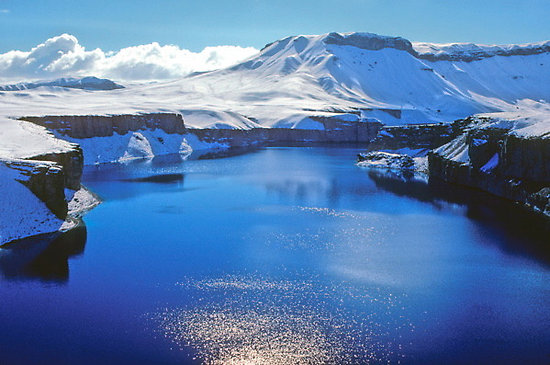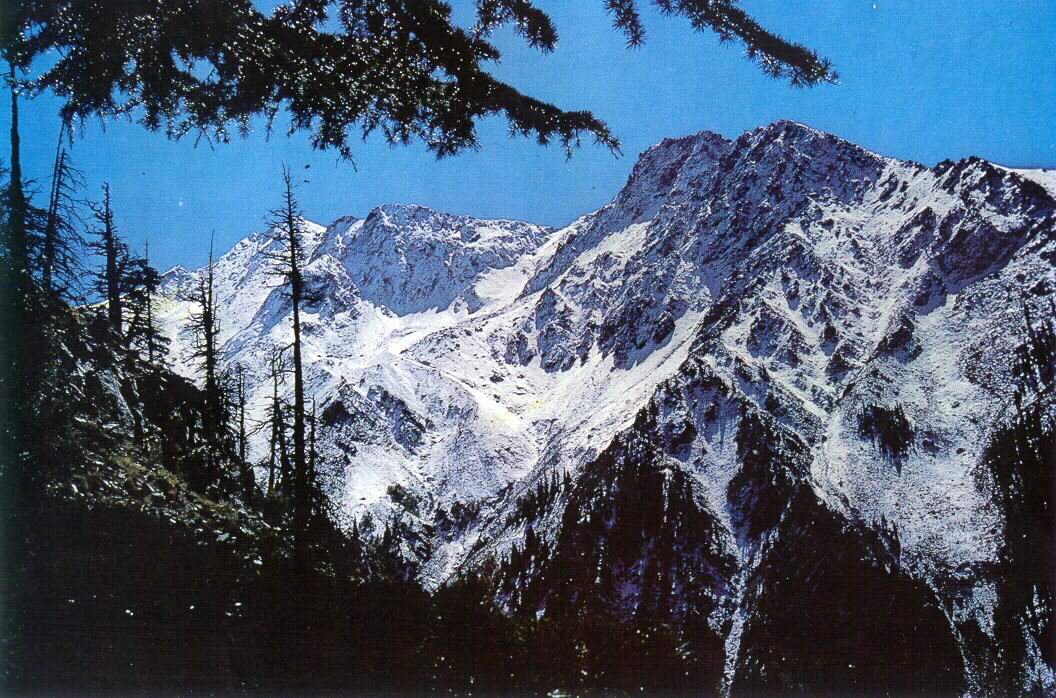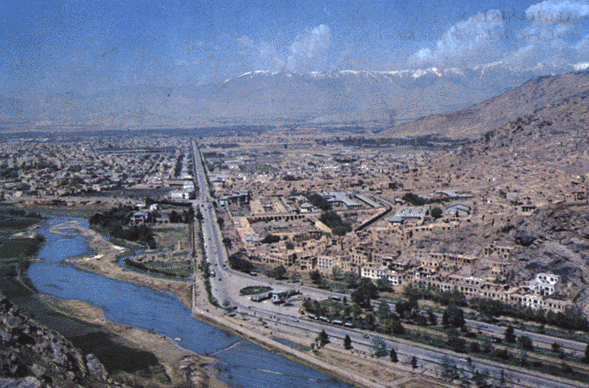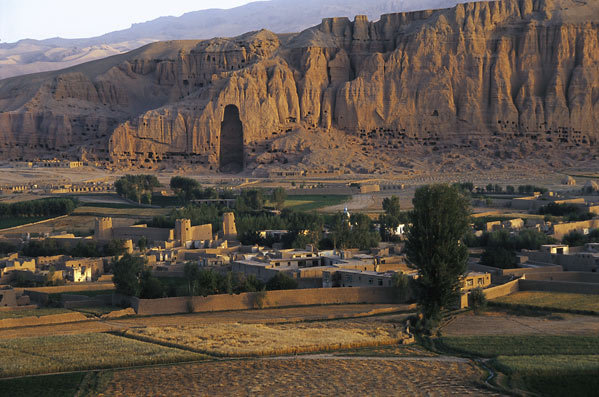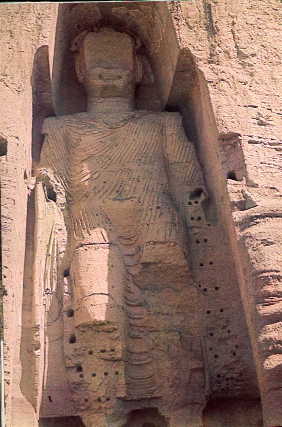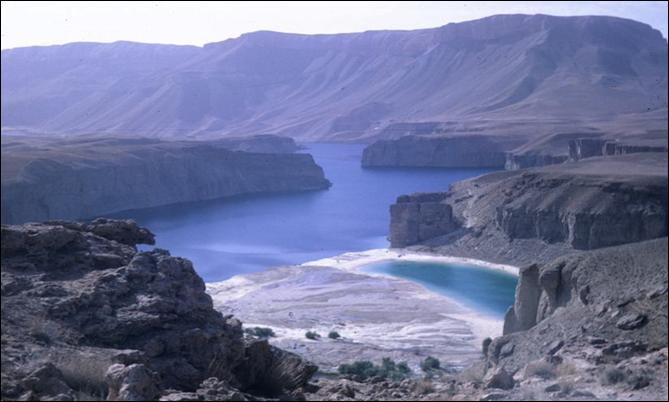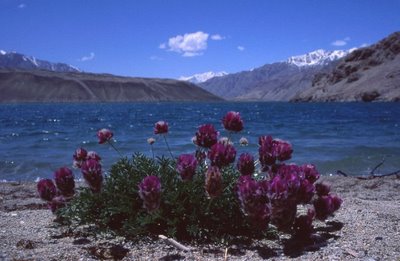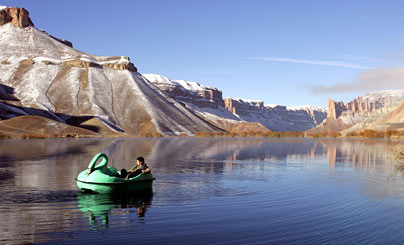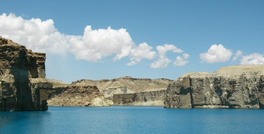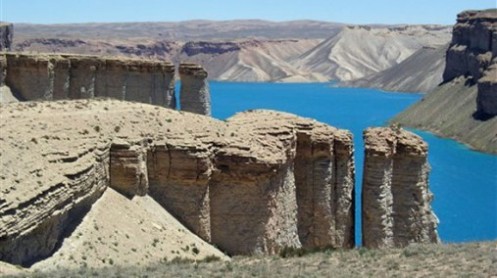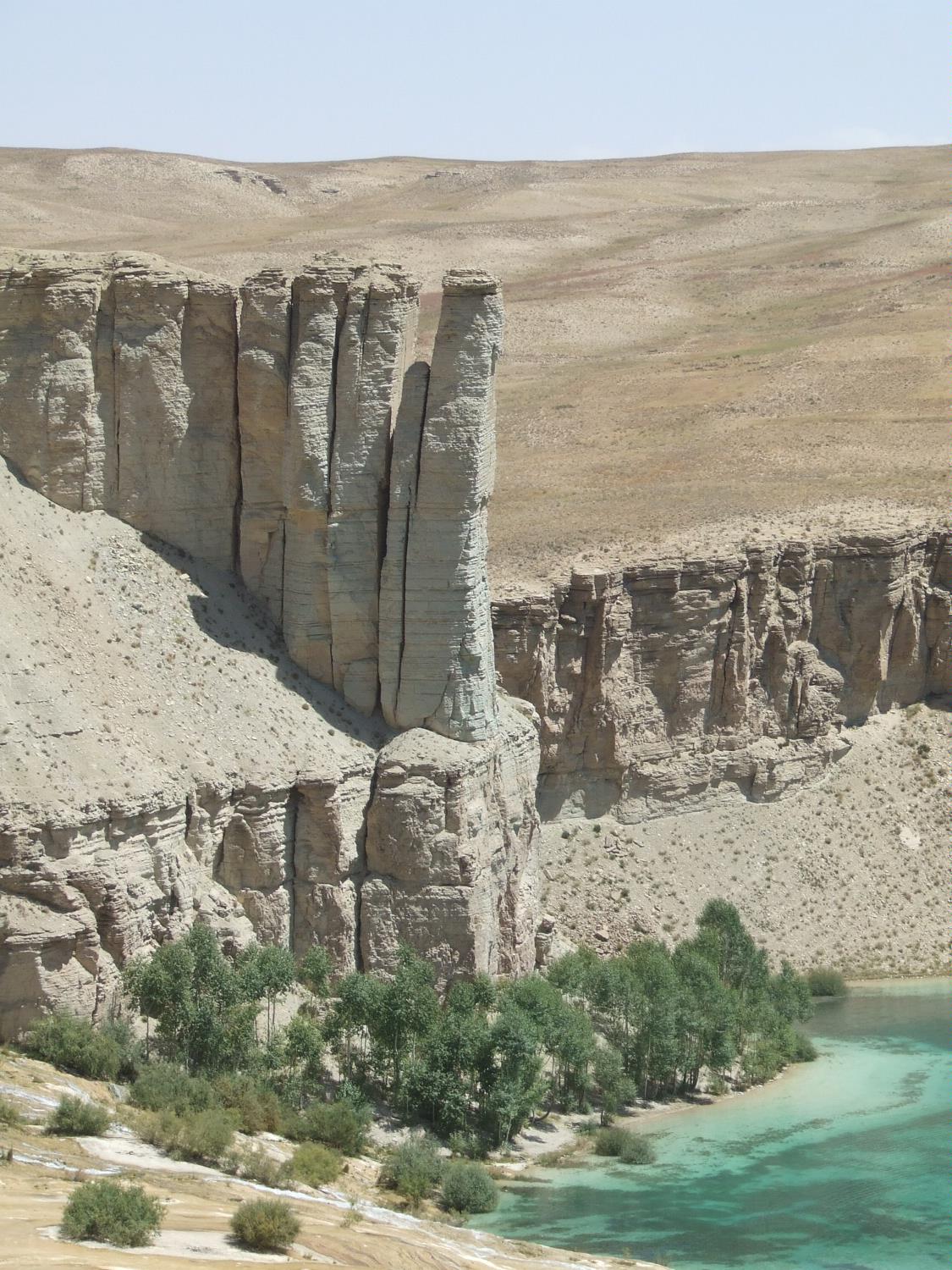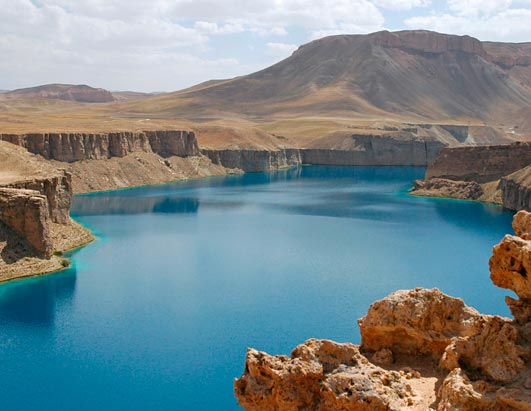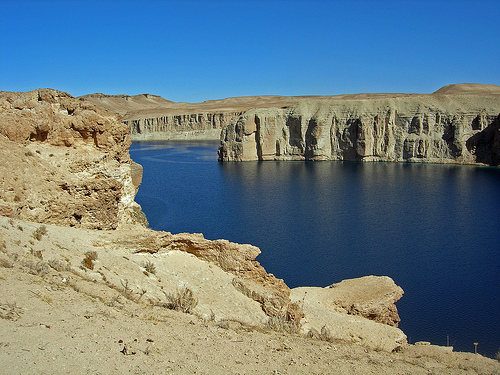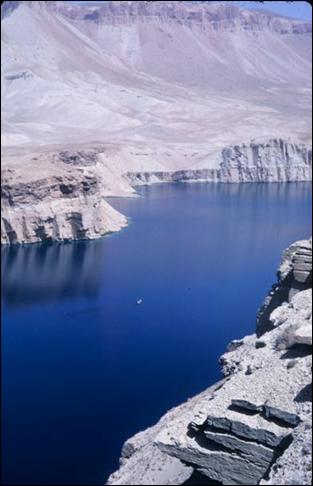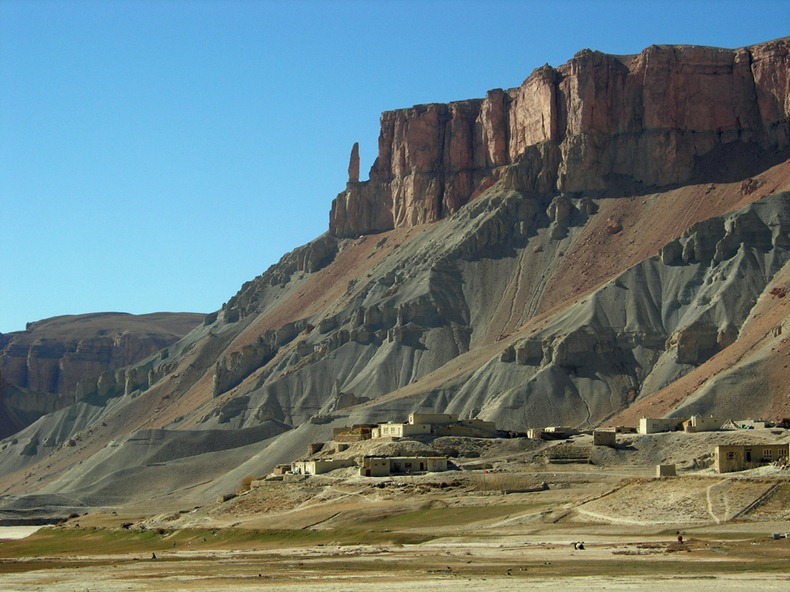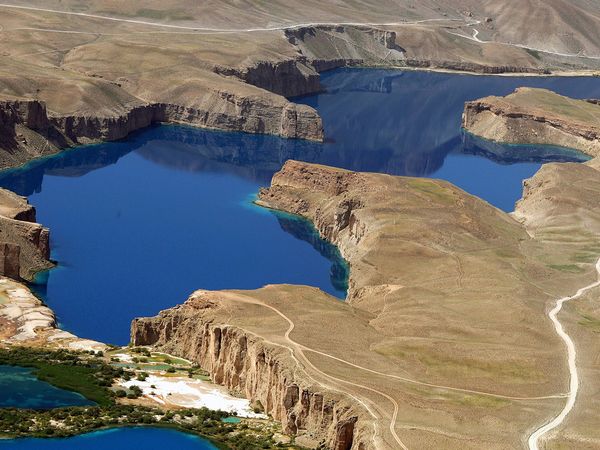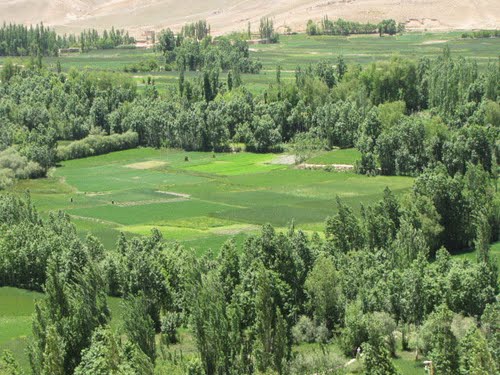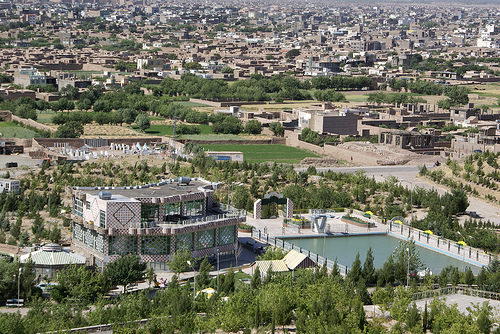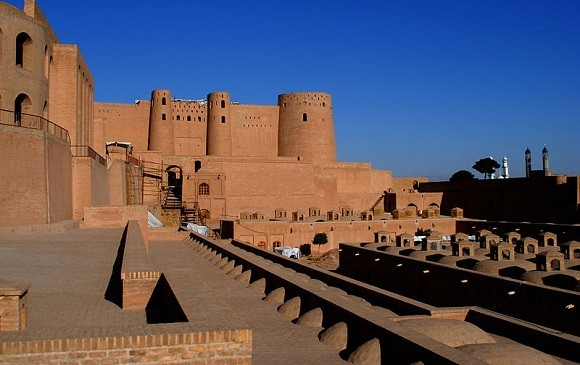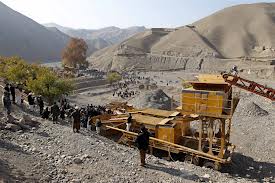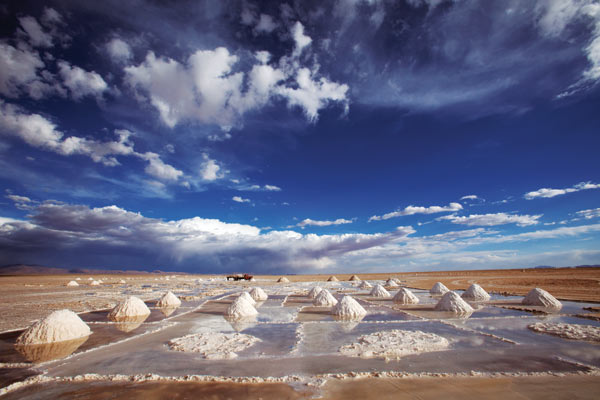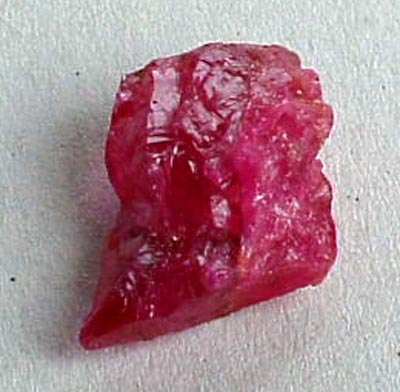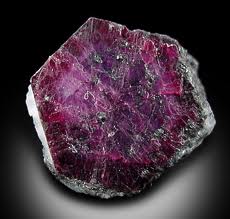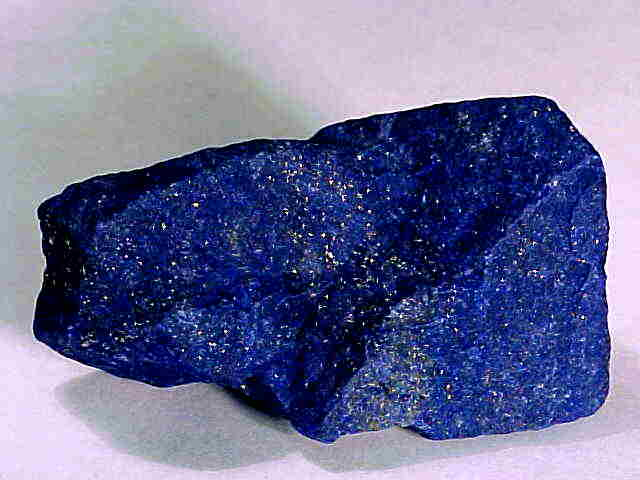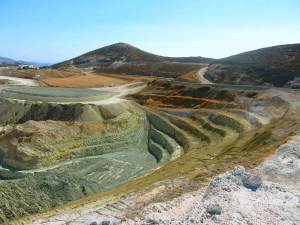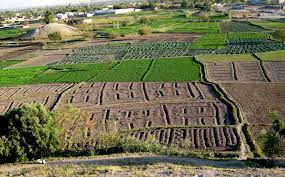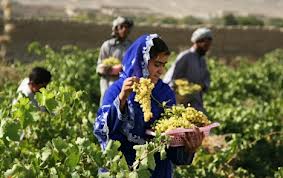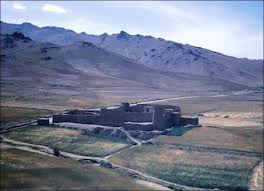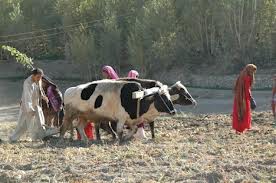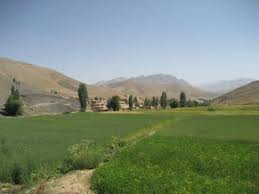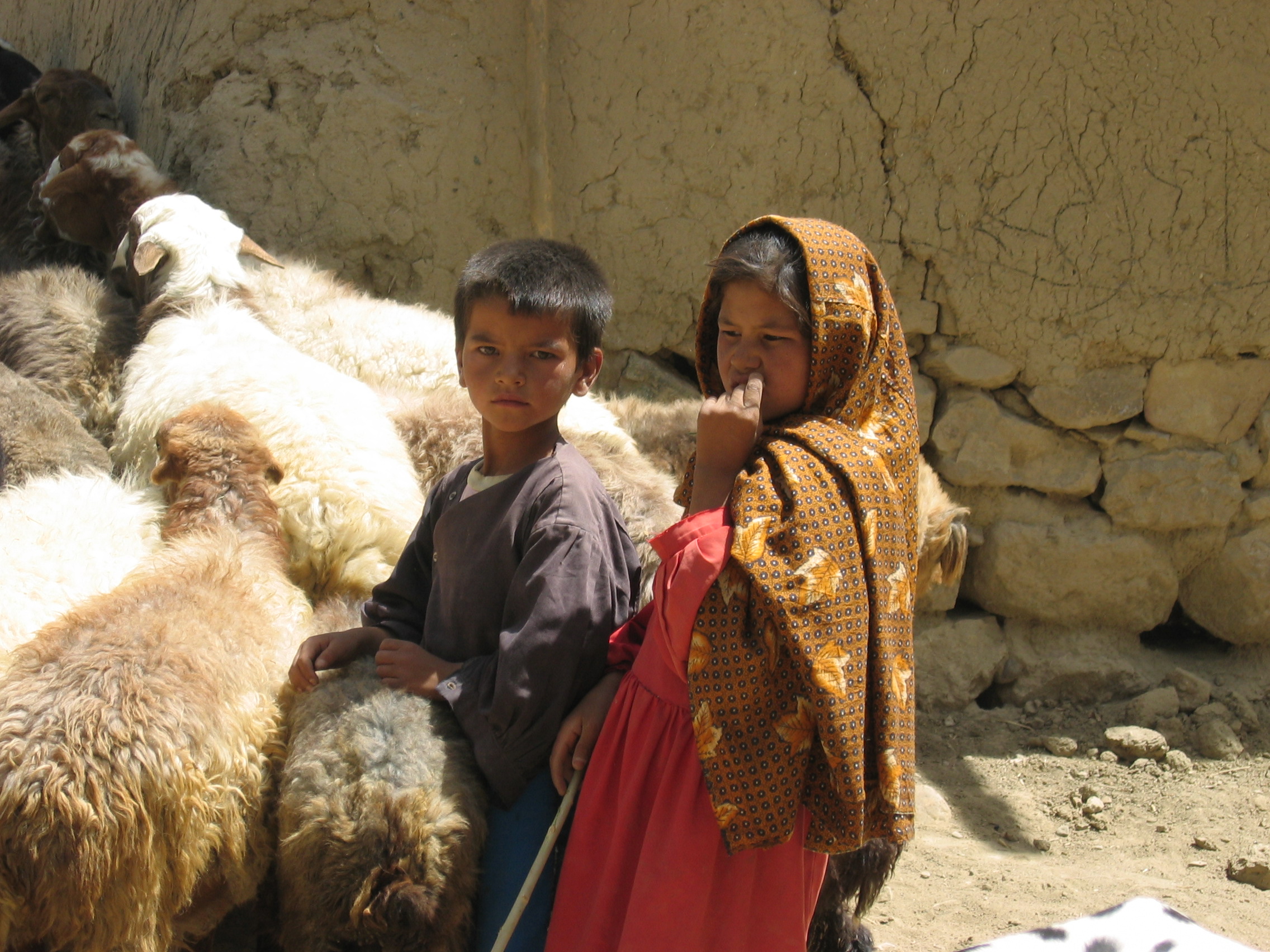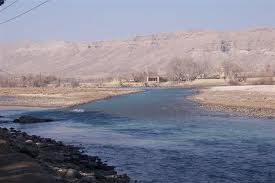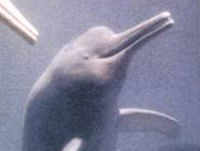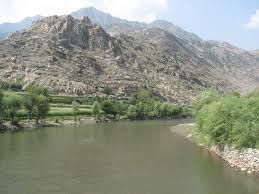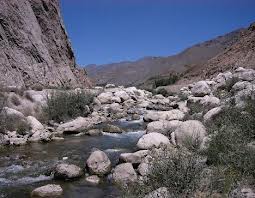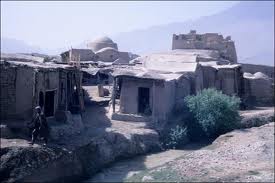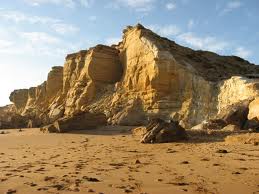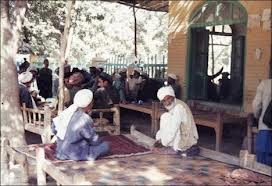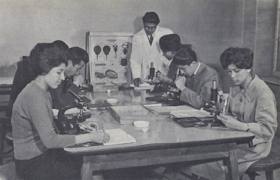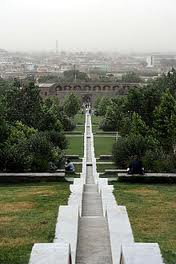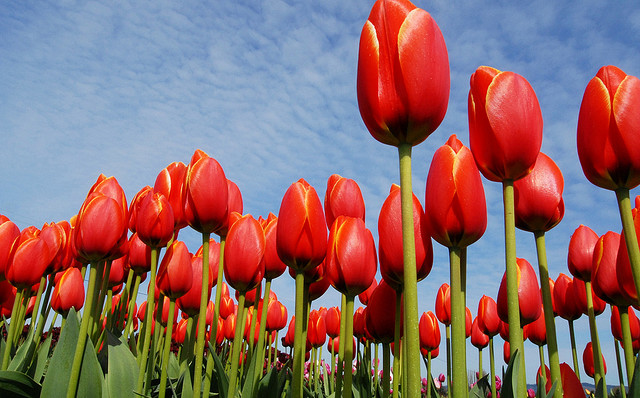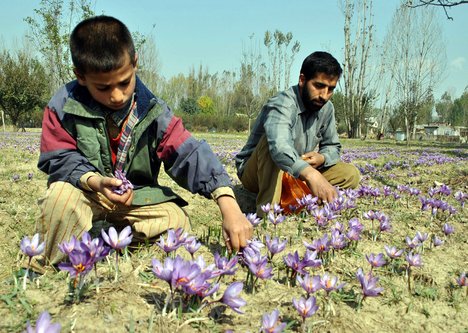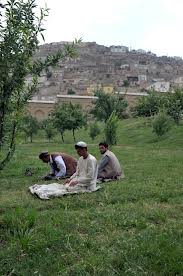GETTING TO KNOW THE BEAUTY OF AFGHANISTAN & ITS PEOPLE, PART 1
GETTING TO KNOW THE BEAUTY OF AFGHANISTAN & ITS PEOPLE
PART 1
Compiled by Nancy B. Detweiler, M.Ed., M.Div.
Band-e Amir Lake in Afghanistan
“The surreal beauty of the lakes is a balm for every soul.”
“I see so deeply within myself.
Not needing my eyes, I can see everything clearly.
Why would I want to bother my eyes again
Now that I see the world through His eyes?”
Born in 1207 in what is present day Afghanistan.
http://peacefulrivers.homestead.com/Rumipoetry1.html
Afghanistan is land-locked, bordering Iran, Pakistan, China, Turkmenistan, and Tajikistan. Once a part of the ancient Persian Empire, Afghanistan’s culture still exhibits Persian influences. Of interest to students of the Bible is a reminder that the Israelites were in exile in Babylon (now Iraq) when Cyrus of Persia (now Iran) took the throne. Cyrus allowed those Israelites who desired to do so to return home to Israel and ordered that the Temple of Jerusalem be rebuilt. (See the biblical book of Ezra) Not all Israelites (or Jews) chose to return to Israel. There is evidence that the lost tribes of Israel settled in Afghanistan and Kashmir.[i] You may read the article at the referenced Endnote. Examples of the evidence are the fact that Kashmir, or Kashahmiri is a Hebrew word and an attributive name of the Israelites—Kashahmiri Jew. Also, the most popular mountain pass in Afghanistan is called Khyber Pass. Khyber is a Hebrew name meaning a Fort.[ii]
http://www.keyway.ca/htm2000/20000227.htm
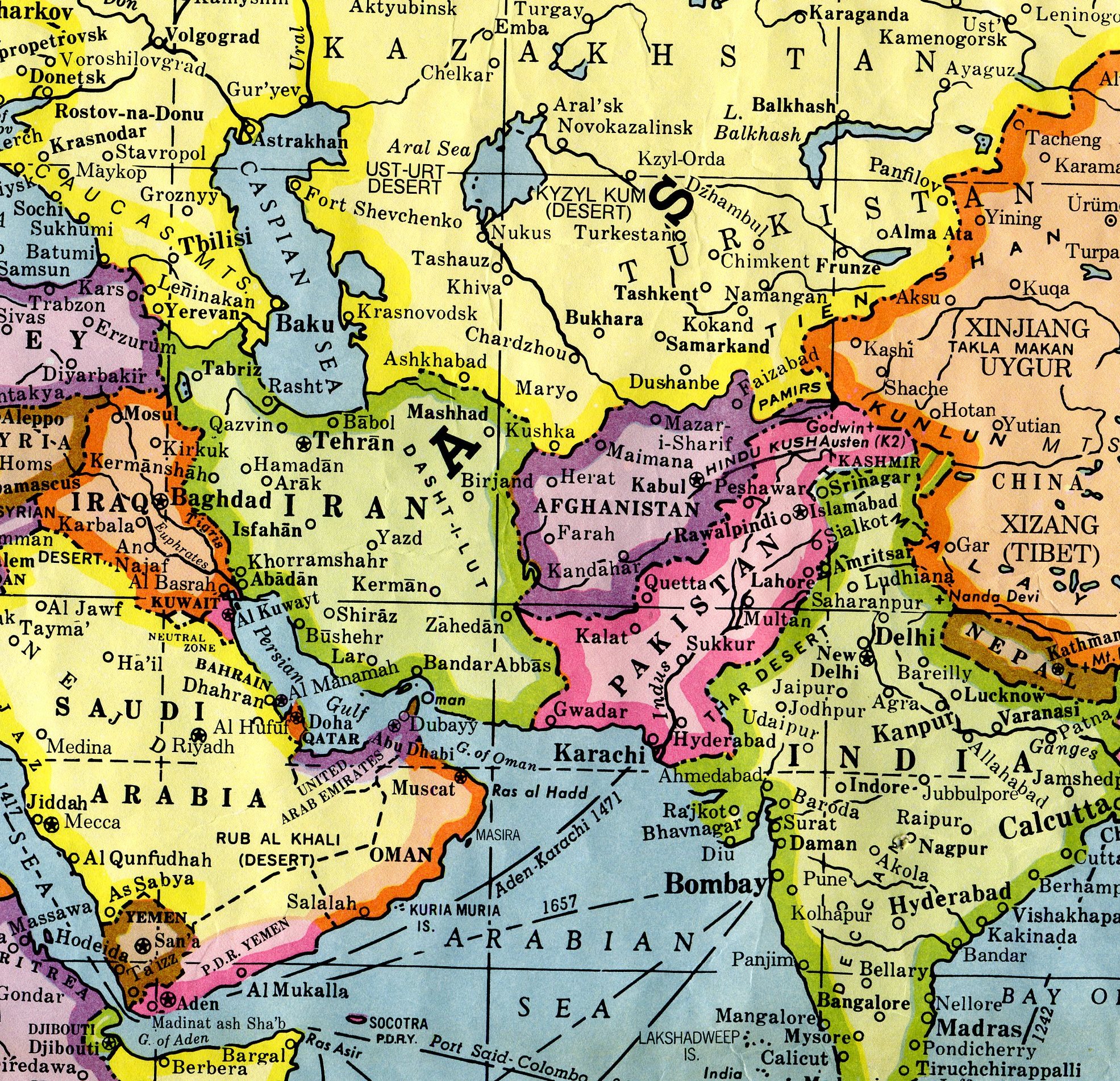 Kashmir is located in the northeast of Pakistan – it is a hotly disputed area.
Kashmir is located in the northeast of Pakistan – it is a hotly disputed area.
That the Lost Tribes of Israel settled in Afghanistan and Kashmir holds stunning significance at this point in time because the evidence leads to a reasonable conclusion that the Lost Tribes are now the Muslims of Afghanistan and Kashmir.[iii] WE ARE TRULY ONE FAMILY OF GOD!
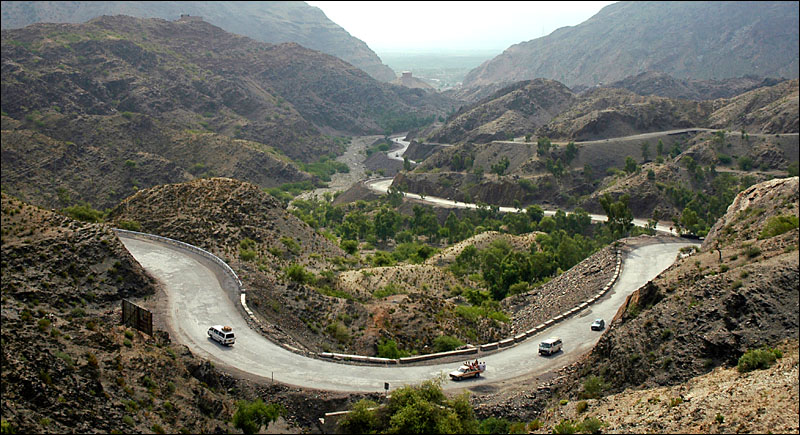 Khyber Pass – the most northern and important passes between Afghanistan and Pakistan.
Khyber Pass – the most northern and important passes between Afghanistan and Pakistan.
http://www.trekearth.com/gallery/Asia/Pakistan/West/North-West_Frontier/Khyber_Pass/photo252293.htm
Afghanistan’s location, bordering five countries, means that its culture includes influences from a variety of nationalities. The ancient Chinese Silk Road–a Trade Route of the 1st century B.C. connecting China with the Mediterranean Sea—also ran through Afghanistan. The Silk Road sustained an international culture that brought together diverse groups. Afghanistan was one of the many cosmopolitan countries in the Middle East—including Palestine during the time of Jesus—impacted culturally by the Chinese Silk Road international trade traffic.
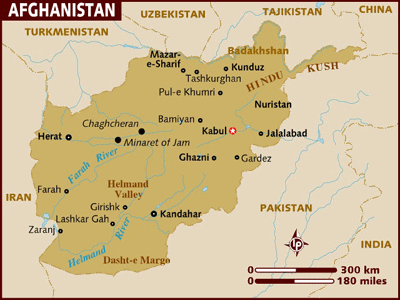 The Silk Road ran through 3 major cities of Afghanistan
The Silk Road ran through 3 major cities of Afghanistan
Herat, Bamyan, & Kabul, as well as over the Hindu Kush Mountain range.
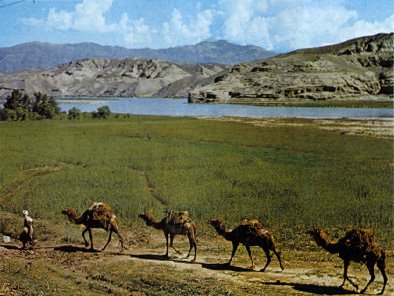 Camel Train in Central Hindu Kush, near Hazarjat
Camel Train in Central Hindu Kush, near Hazarjat
*************************
Needless to say, much of Afghanistan has been destroyed by decades of war. I am choosing to focus on its natural beauty.
*************************
KABUL – THE CAPITAL CITY
 Kabul – the capital of Afghanistan
Kabul – the capital of Afghanistan
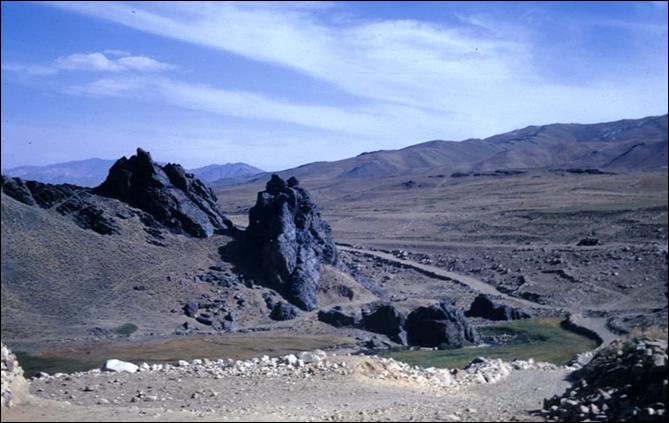 Road from Kabul to Bamyan – home of the Hazara people
Road from Kabul to Bamyan – home of the Hazara people
BAMYAN PROVINCE
Bamyan is located on an ancient trade route between India and Central Asia; it was long a center of Buddhism. Buddhists monks carved out the grottoes and Buddhas in the limestone mountain cliffs. These Buddha statues are thought to be some of the world’s tallest.
http://my.englishclub.com/photo/afghanistan-bamyan-province?xg_source=activity
BUDDHA CLIFF HANGING STATUES
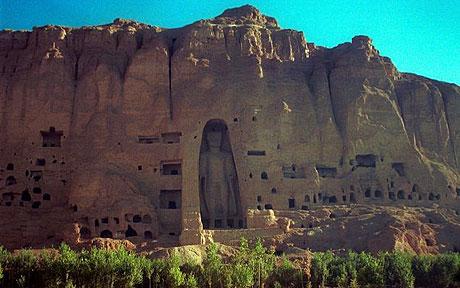 Cliff carving of Buddha in Bamyan City dating from the 3rd century A.D.
Cliff carving of Buddha in Bamyan City dating from the 3rd century A.D.
http://www.afghanchamber.com/States/Bamian.htm
“The Great Compassionate Heart is the essence of Buddhahood.”
Buddhism. Gandavyuha Sutra
BLUE LAKES OF BAMYAN PROVINCE
The Blue Lakes, located in the foothills of Hindu Kush, are incredibly deep and contain water so blue it looks like blue ink. The deep blue color of the water is due to the clarity of the air and the purity of the water. The high mineral content of the water also affects its varying shades of color. These blue lakes are surrounded by towering, pink limestone cliffs. [iv]
“God is beautiful and loves beauty.”
Islam. Hadith of Muslim
A lake in Badakshan, Afghanistan near the Taijik border
Village near the Band-e Amir Lakes
http://www.amusingplanet.com/2012/04/deep-blue-lakes-of-band-e-amir.html
Band-e Amir Lakes
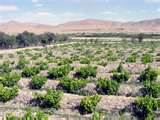 Grape Fields in Ghazmi Province
Grape Fields in Ghazmi Province
HERAT CITY
Herat is the 3rd largest city in Afghanistan, located in the valley of the Hari River. [v]
Herat City
http://www.flickriver.com/photos/tags/hashmat/interesting/
Citadel in Herat City thought to have been built by Alexander the Great.
The presence of a citadel helped to place Herat City on the Chinese Silk Road map.
Gold Mine in Nor Aaba, Afghanistan
Untapped Mineral Deposits in Afghanistan estimated to be worth between $1-$3 Trillion.
http://muftah.org/hope-amid-chaos-mineral-resources-afghanistans-economic-future/
Fine Ruby Mineral Deposit – http://www.jewelinfo4u.com/Ruby_types.aspx
Afghan Ruby – http://www.gems-afghan.com/cgi-bin/aslides.pl?11&156
Ruby from Jegdalek in Kabul Province – http://www.johnbetts-fineminerals.com/jhbnyc/mineralmuseum/picshow.php?id=21644
Lapis Lazuli
http://www.maxicep.com/konu-disi/degerli-taslar-112593.html
Mineral Deposits
IRRIGATION SYSTEM
IRRIGATED FARM LANDS
http://da.wikipedia.org/wiki/Fil:Irrigated_farm_fields_-_Afghanistan_-_11-02-2008.jpg
Grape Harvesting
Hazara Farm
The Hazara people are distinctive unto themselves, with their own religion, mixed ethnicity, and independent nature. They have lived in Central Afghanistan since the pre-2nd century amidst rugged mountains—nearly inaccessible—a wildly beautiful area with craggy peaks and rushing rivers, called Hazarajat.
“A talented people, the Hazara truly enjoy poetry, often memorizing it and using it to teach children, as well as storytelling and music that is distinct to their culture. They are expert rug weavers, embroiderers and calligraphers (even through most are illiterate). Wrestling and a baseball-like game are favorite physical pastimes.
Hazara women are honored in legend and folk tales. Shunning burkas, their traditional garb is bright green and red floral dresses, worn without the long under-trousers customary in Afghan culture and accessorized with heavy stockings, fur-lined boots, beaded headgear and heavy, coin strung necklaces. Independent and industrious given opportunity, many pre-Taliban Hazara women were highly educated and entered teaching or medical professions as well as serving in political roles. And, unlike other Afghan women, they fought beside Hazara men in battle.” [vi]
Potato Farming
Potato Farming
http://dai-global-developments.com/afghan-farmers-investing-in-livelihoods/
Rice Farming
Gardeli Farm Scene
Strawberry Farming – the women earn about $5 daily
Goat Farming
http://it.wikipedia.org/wiki/File:Goat_farming_Afghanistan.jpg
RIVERS IN AFGHANISTAN
Only one river in Afghanistan flows into the ocean.
Kabul River
http://www.stevebrownrotary.com/Afghanistan/AfghanistanTrips/AfghTrip2005/AfghTripJan2005-Pictures.htm
The Kabul River flows into the Indus River, which flows into the Arabian Ocean, a part of the Indian Ocean. [vii] The Indus River is home to river dolphins. [viii]
Indus River Dolphin
Pech River in eastern Afghanistan – http://www.panoramio.com/photo/7213018
River near Salang Pass in Northern Afghanistan
DESERT AREA OF AFGHANISTAN
Tashkurgan – an ancient caravan city
http://ai.stanford.edu/~latombe/mountain/photo/afghanistan/afghanistan.htm
Afghan Mountains – semi-desert Baluchistan in southern Afghanistan
http://mobandmultitude.com/tag/baluchistan/
PERSIAN TEA HOUSE
Tea House in Herat
Pak Tea House
PERSIAN GARDENS
Garden of Babur in Kabul [ix]
These gardens are believed to have been developed in 1528.
http://en.wikipedia.org/wiki/Gardens_of_Babur
Tulips are Afghanistan’s National Flower
“This magnificent flower was originated in the Pamir and Hindu Kush mountain ranges of Afghanistan and central Asia. In the Persian empire Tulip was named as “Laleh” and it was grown in Iran, Afghanistan, Turkey and other parts of Central Asia.”
http://www.thelovelyplanet.net/national-flowers-of-the-saarc-countries/
http://centralasiaonline.com/en_GB/pakistan-articles/caii/features/pakistan/business/2011/01/11/feature-02
Afghan farm workers gather saffrons on a farm in Herat
Harvesting Saffron
http://article.wn.com/view/2011/06/17/Afghan_concern_over_saffron_price_drop/
Saffron is being used to replace the poppies in some parts of
Afghanistan. Saffron is used in perfumes, food coloring, and fabric dyes. It possesses anticarcinogenic qualities.
Colchicum Inteum – native to Afghanistan, India, & China
It flowers with the leaves as the snow melts in March – July. It requires perfect drainage.
http://www.hillkeep.ca/bulbs%20colchicum.htm
Praying inside Garden of Babur in Kabul
“Your Lord says, “Call on Me; I will answer your prayer.” Islam. Qur’an 40.60
“The Lord is near to all who call upon Him, to all who call upon him in truth.” Judaism & Christianity. Psalm 145:18
“When My servant ask you concerning Me, I am indeed Close to them. I listen to the prayer of every suppliant when he calls on Me.” Islam. Qur’an. 2.186
“Cast your burden on the Lord, and he will sustain you.” Judaism & Christianity. Psalm 55:22
Band-e Amir Lake
“No person knows what delights of the eye are kept hidden for them—as a reward for their good deeds.” Islam. Qur’an 32.17
“No eye has seen, nor ear heard, nor the heart of man conceived, what God has prepared for those who love him.” Christianity. I Corinthians 2:9
“Thou dost show me the path of life; in thy presence there is fullness of joy, in thy right hand are pleasures for evermore.” Judaism & Christianity. Psalm 16:11
“For those who believe and work righteousness, is blessedness, and a beautiful place of return.” Islam. Qur’an 13.28-29
WE ARE TRULY ONE FAMILY OF GOD!
Part 2
http://pathwaytoascension.wordpress.com/2012/10/19/getting-to-know-the-beauty-of-the-afghan-people-part-2/
[i] http://www.answering-christianity.com/lost_people_of_israel.htm – “The lost tribes of Israel are now the Muslims of Afghanistan and Kashmir.”
[ix] More information is given regarding the reason for and construction of Persian Gardens at: http://pathwaytoascension.wordpress.com/2012/10/08/getting-to-know-the-beauty-of-the-people-of-iran-part-ii/







